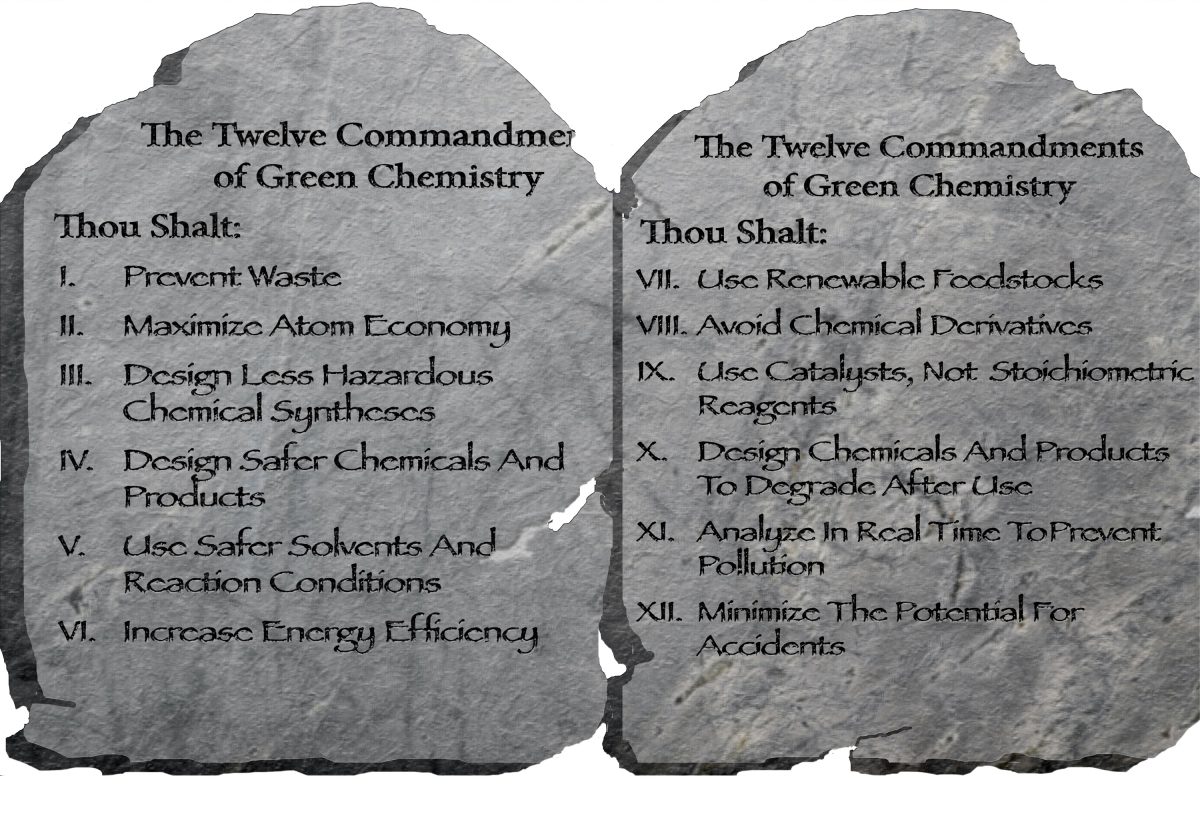Our latest blog series is designed to guide peptide chemists towards a greener, more sustainable laboratory. Each of our blog entries (or sermons if you will) delve into one principle. If you missed a previous one, they can be found here. In addition to the previous nine principles, we urge you to peruse our most recent published piece and its related blog here and here.
Tenth Commandment: Design for Degradation
Chemical products should be designed so that at the end of their function they break down into innocuous degradation products and do not persist in the environment.
As we enter the final trio of commandments, it seems upon a cursory reading that oftentimes the previous nine were variations of prevention and the best utilization of solvents. In fact, we noted that the ninth was a combination of both overarching themes. The contributor to the tenth principle on the ACS Green Chemistry site, Rich Williams, Founder and President at Environmental Science & Green Chemistry Consulting, LLC, noted something similar: “Green chemistry practitioners aspire to optimize the commercial function of a chemical while minimizing its hazard and risk. Hazard, the capability to cause harm, is an inherent characteristic arising, like function, from a chemical’s stereochemistry (the content and arrangement of atoms). Green chemistry principles 3, 4, 5, and 12 guide designers to reduce the hazards of chemicals. Principle 10, however, guides the design of products that degrade after their commercial function in order to reduce risk or the probability of harm occurring.” [emphasis ours].
Planning is Crucial
Of course, the key to the Tenth, like the First Principle Prevention – and virtually all the principles – requires forethought. He also notes that the rate of degradation is an important factor and will be necessarily balanced against business considerations, and therefore these are made early in the design process to ensure maximum flexibility within the process.
He validly asserts that “biodegradation, hydrolysis, and photolysis can be designed into chemical products,” and “that mechanistic toxicology knowledge is essential to identify and design out molecular features that are the basis for hazards,” along with “an understanding of the mechanisms of degradation and persistence are required to design in chemical features that promote degradation and eliminate features that promote persistence.” Essentially, in green peptide chemistry, as in most things, it pays to plan ahead.
References
- https://www.acs.org/content/acs/en/greenchemistry/principles/12-principles-of-green-chemistry.html
- https://www.acs.org/content/acs/en/greenchemistry/principles/12-design-principles-of-green-engineering.html

